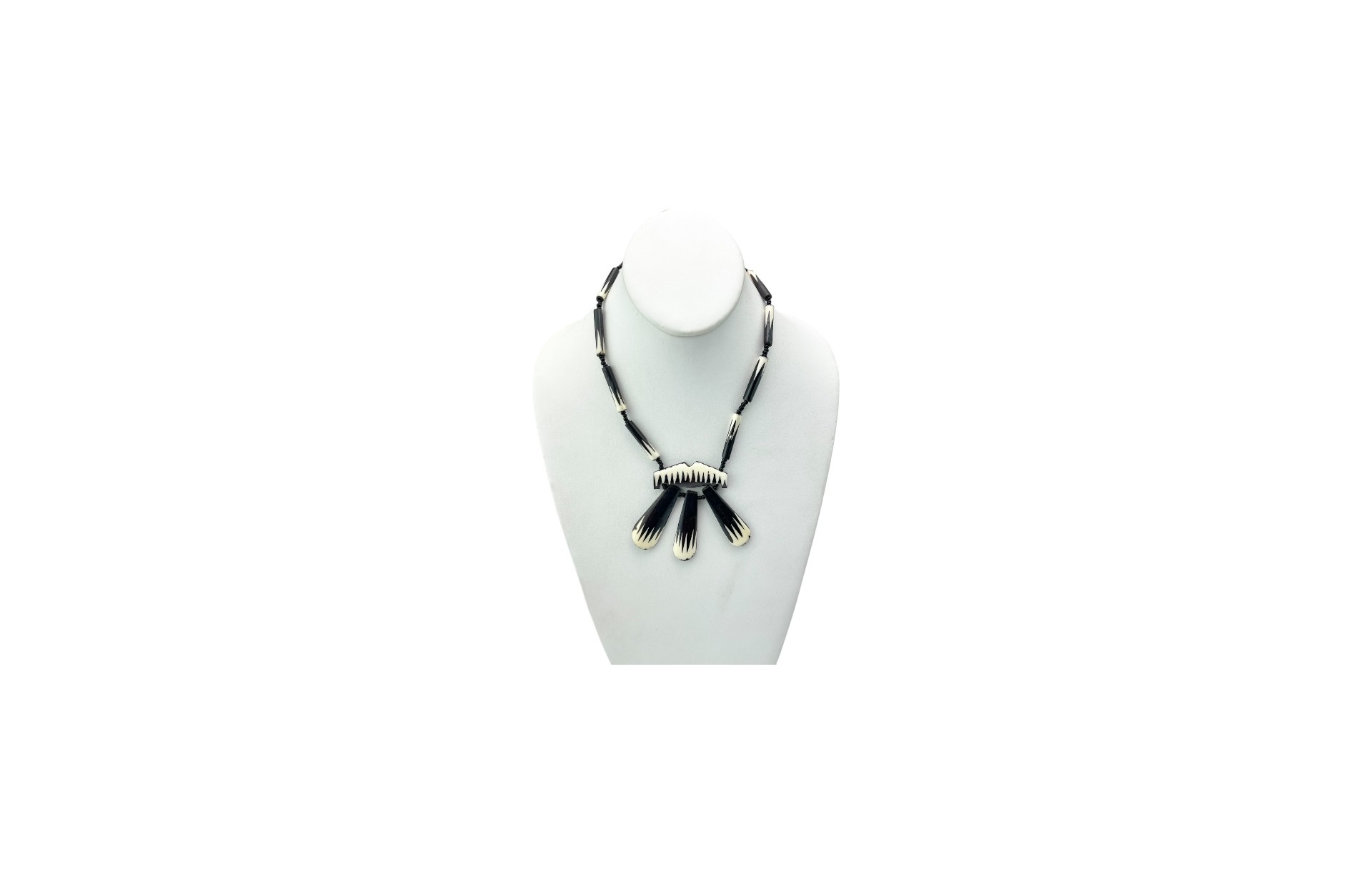
The Art of Batik: A Timeless Tradition with Kenyan Flair
Batik is a centuries-old art form celebrated for its intricate designs and vibrant patterns, created using a wax-resist dye technique. Its origins trace as far back as 4th-century BC Egypt, but the word "batik" comes from the Javanese language, combining "amba" (to write) and "titik" (dot or point). This ancient technique spread globally, and in the 19th century, Dutch and English traders introduced Javanese batiks to Sub-Saharan Africa.
The African people embraced and transformed the craft, developing larger, bolder motifs, thickening lines, and incorporating a wider variety of colors to reflect their distinct cultural aesthetics. Today, batiks are produced on a variety of surfaces, including cotton fabric, soapstone, and agricultural animal bones.
Kenya's Unique Batik Tradition: Mudcloth Batik Bone Beads
Kenya has its own distinctive take on batik art with its beautifully crafted mudcloth batik bone beads. These beads are an iconic symbol of Kenyan artistry, often made from discarded cow bones that are repurposed into stunning jewelry and crafts.
The Process of Creating Batik Bone Beads:
-
Bone Preparation:
Artisans often bleach the bones using a heat-and-dye process or allow them to darken naturally with age. Sometimes the bones are boiled to soften them for carving and enhance their ability to absorb dye. -
Carving the Design:
Using sharp tools, the artisan carves intricate patterns into the bone, establishing the design. -
Wax Application:
Hot beeswax is applied to specific areas, which will resist the dye and retain their natural color. The wax is left to dry before dyeing. -
Dyeing:
The bone is dipped into natural dyes often derived from tree bark, flowers, or plant extracts. Additional layers of wax and dye may be applied for more complex designs and color variations. -
Revealing the Pattern:
After the final dyeing process, the wax is removed, revealing a beautiful and unique pattern. Most mudcloth batik bone beads feature earthy hues of white and brown.
Celebrate Individuality with Batik Bone Bead Jewelry
At our shop, we proudly showcase handcrafted mudcloth batik bone bead jewelry, including earrings, necklaces, and bracelets. Each piece tells a story of tradition, sustainability, and artistry, allowing you to wear a piece of Kenyan culture that speaks to your individuality.
Explore our collection today and discover the timeless beauty of batik craftsmanship.
